In the dog world, there’s a phenomenon known as the “Dog Zoomies!” As a pet owner, you might be familiar with sudden, unexpected bursts of energy from your dog, especially in active breeds like the Labrador Retriever.
It can catch you by surprise and come on without much warning, which can be a bit overwhelming if you aren’t prepared!
What causes the Dog Zoomies? And what can you do about it when it happens to your dog?
The real name for this phenomenon in dogs is Frenetic Random Activity Period (FRAP).
(This article may contain affiliate links. As an Amazon Associate I earn from qualifying purchases. Learn more)
As experienced Labrador owners, we’ve been on the receiving end of the Dog Zoomies many times.
We’re going to guide you through a quick overview of the Dog Zoomies, tell you what causes it, and give you some tips on what to do the next time it happens to you!
Dog Zoomies & Labradors: When It Happens to You
What Exactly Are the Dog Zoomies?
The real name for this phenomenon in dogs is Frenetic Random Activity Period (FRAP).
But we think the term “Dog Zoomies” is a lot more fun to say and sounds much more suitable to the Labrador Retriever world.
The Dog Zoomies are a few moments of truly uncontrolled, spontaneous energy and excitement from your dog.
Your dog might run in circles, run from side to side, or run right at you! They usually appear as if they are somewhat out of control and unable to stop while it’s occurring.
They tend to have “wild eyes” and tail-tucked excitement, and honestly, it looks like they’re having a whole lot of fun doing it!
The Dog Zoomies are usually fairly short-lived, usually lasting only a minute or two from start to finish, according to the American Kennel Club.
Not only just the behavior of Labrador Retrievers, Zoomies can occur with any type of dogs, particularly younger dogs and those known to be high-energy breeds.
According to Hill’s Pet, apparently, cat owners are also lucky enough to occasionally experience the Zoomies.
It can be a little frightening to see a large breed dog such as a Labrador Retriever with the Dog Zoomies, especially if it’s the first time you’ve witnessed it in your pet. Moving at such a high rate of speed might also be a little bit dangerous, depending on if you have small children around or if you’re in a somewhat confined location.
We’ve even experienced the Dog Zoomies inside a moving car with a Labrador, so we’re also going to give you some tips on how to avoid having that experience.
Let’s talk about some specifics on what to look for and how to handle an episode of the Dog Zoomies when it happens.
What Are the Signs Your Dog Might Be Experiencing the Zoomies?
The first noticeable sign is a sudden, hilarious, yet borderline-terrifying burst of energy and motion coming from your Labrador.
If you have a Labrador in your life, you know what I’m talking about.
Your Lab will tuck its tail and begin to tear across the room, moving at a very, very high rate of speed.
It can happen seemingly unprovoked, very unexpectedly, and generally without much warning.
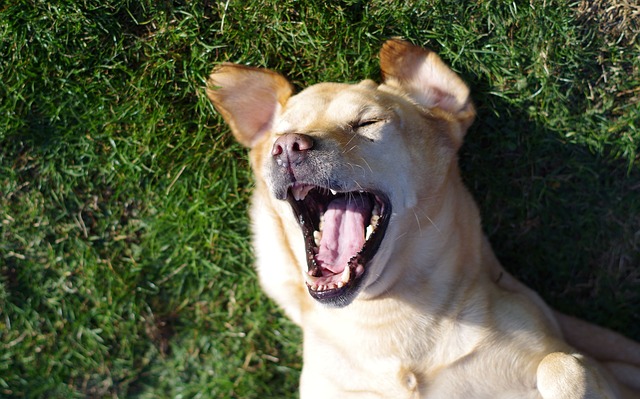
Labradors under the influence of the Dog Zoomies will jump across furniture, slide into walls, and tear down everything in their paths.
We’ve witnessed overly-excited Labradors climb up the sides of walls and over the top of furniture in their enthusiasm to get out some pent-up energy.
They won’t pay much attention to obstacles in their way, and they often appear to not have much control over their direction or path during an episode.
Key Points to Know About the Dog Zoomies
Here are some additional key points regarding the Zoomies to be aware of:
- Multiple-dog households can have increased Zoomie effects, where one dog causes another to become overly excited. Both dogs might join in when one gets the Zoomies.
- Dog Zoomies can occur after a particularly exciting event, such as playing with another dog, having visitors over, pool time, dog park, bath time or car ride.
- As Labs typically love to swim and be in the water, be aware that playing in the water can also trigger the onset of the Zoomies!
- Sometimes food or treats can trigger the Zoomies in dogs, so be aware when giving exciting or new special treats to your dog, especially for the first time. We’ve observed this with birthday treats and special treats such as the Starbucks Puppuccino, which our Labradors love!
A Word About Zoomies in Confined Spaces
At Labrador Wise, we’ve had the experience of being in close proximity with a Lab that got an unprovoked and without-advance-warning Dog Zoomies in a moving car.
If this happens to you, while you might think it’s hilarious, it can actually be a bit scary.
So for your safety, and your sanity, pull over. Take your Labrador out carefully, give them some space, and possibly a short walk to break up the moment and help them snap out of it. It should be over quickly. But don’t try to keep driving!
And we recommend that your Lab be secured with a car harness to prevent that experience from happening to you.
It will make your life much easier while driving, prevent an unruly canine passenger in your vehicle, and give your dog consistent expectations while you’re in the car.
What to Do if You Experience an Episode of Dog Zoomies With Your Lab
If you want to minimize the likelihood of your dog having a case of the Dog Zoomies, or want to know what to do when it happens, we have a few suggestions for you.
The most important strategy is to make sure your dog gets plenty of daily exercise and lots of physical activity. This can be games of fetch, daily walks, or other playtime.
A tired Labrador is less likely to have a case of the Dog Zoomies and will be in general easier for you to manage in your home. If your dog is a Labrador, be aware they are a very high-energy breed that requires a lot of physical activity.
Here are some additional strategies we suggest to help you with handling a case of the Dog Zoomies, if and when it should occur:
- Have a training word you use with your Lab that you’ve practiced in advance to help interrupt or control the sudden burst of energy. You might use a word like “treat” or “calm”, or a similar word to train your dog to use for redirection.
- Like other aspects of Labrador life, advance preparation is key. Work on this ahead of time before you need to use it.
- Something like “sit” might be too hard for your extremely excited Lab to respond to in a moment of pure energy, especially if there are other dogs also engaged and excited.
- Many smart Labradors will stop in their tracks if someone utters the word “hungry,” so we have used this word successfully to help control a sudden onset of the Dog Zoomies when there’s a safety issue, or you need them to stop immediately.
- Learn to recognize the trigger events that seem to provoke the Zoomies in your particular dog, such as car rides, playing with another dog, or bath time.
Summary
The Dog Zoomies are something you might experience as a crazy part of dog life, but usually, no harm comes to you or your dog.
For high-energy breeds like the Labrador Retriever, the more exercise your dog gets, the less likely you’ll be visited by the Zoomies.
But if and when it happens to you, stand back, make room, and clear a safe space. It’ll be over shortly, and your Lab will be back to fighting you for their spot on the couch.
Have you had the fun of experiencing the Dog Zoomies? Let us know!
And for more about the occasional odd behavior of Labrador Retrievers, check out our article on strange dog behaviors here.

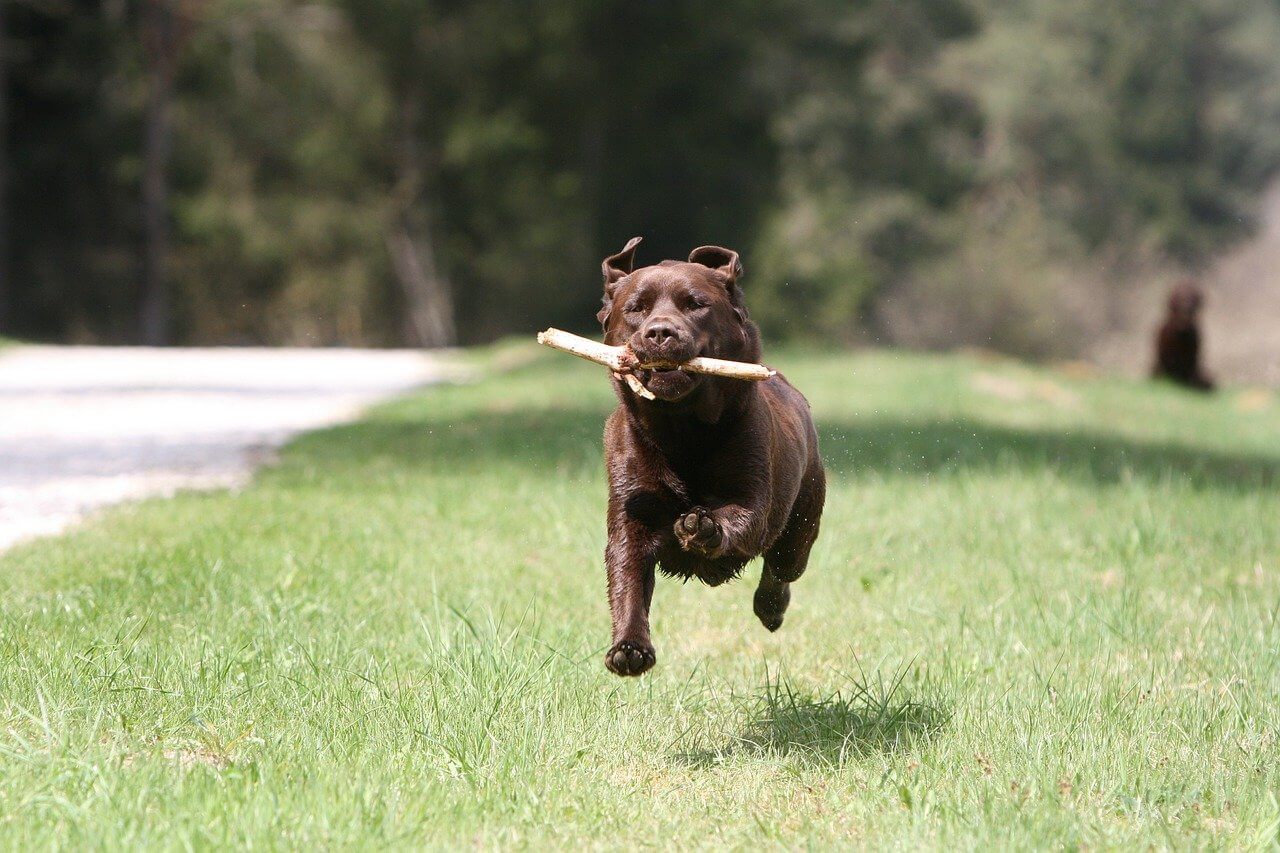

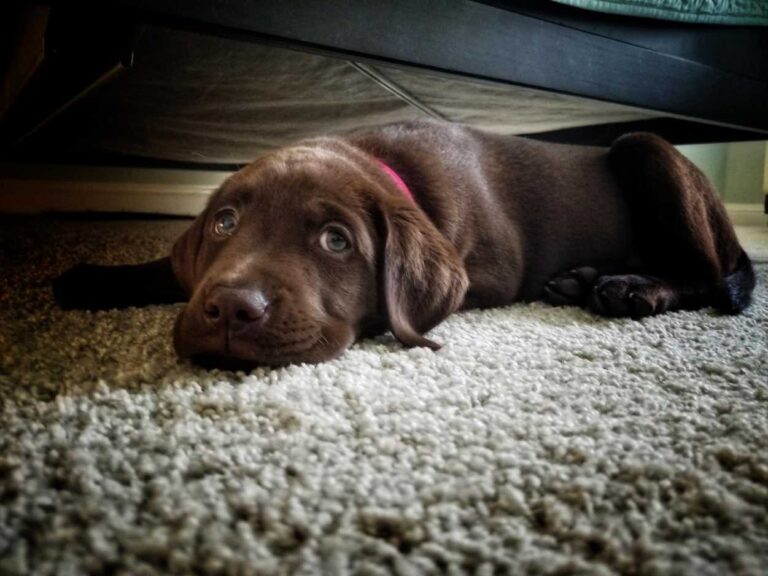

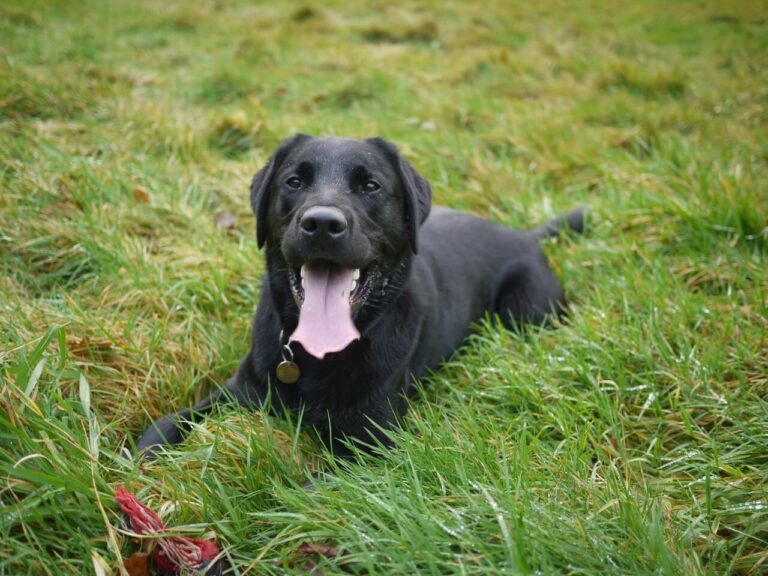
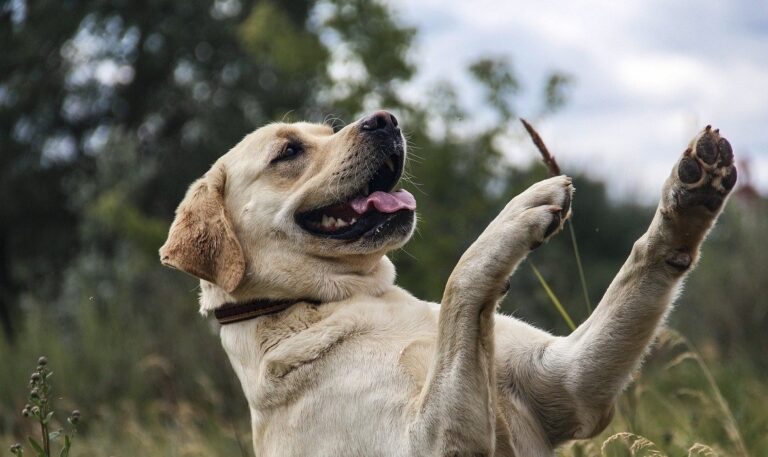

My 10 yr old lab mix has been having zombies all day. She’s scratching up rugs, running from one side of the house to the other. We thought she may have heard something outside like a cat. That’s not it. It’s been going on for about 24 hrs. This is very unusual behavior as she is usually very docile.
I have always wanted to know what that’s called…The zoomies are real!